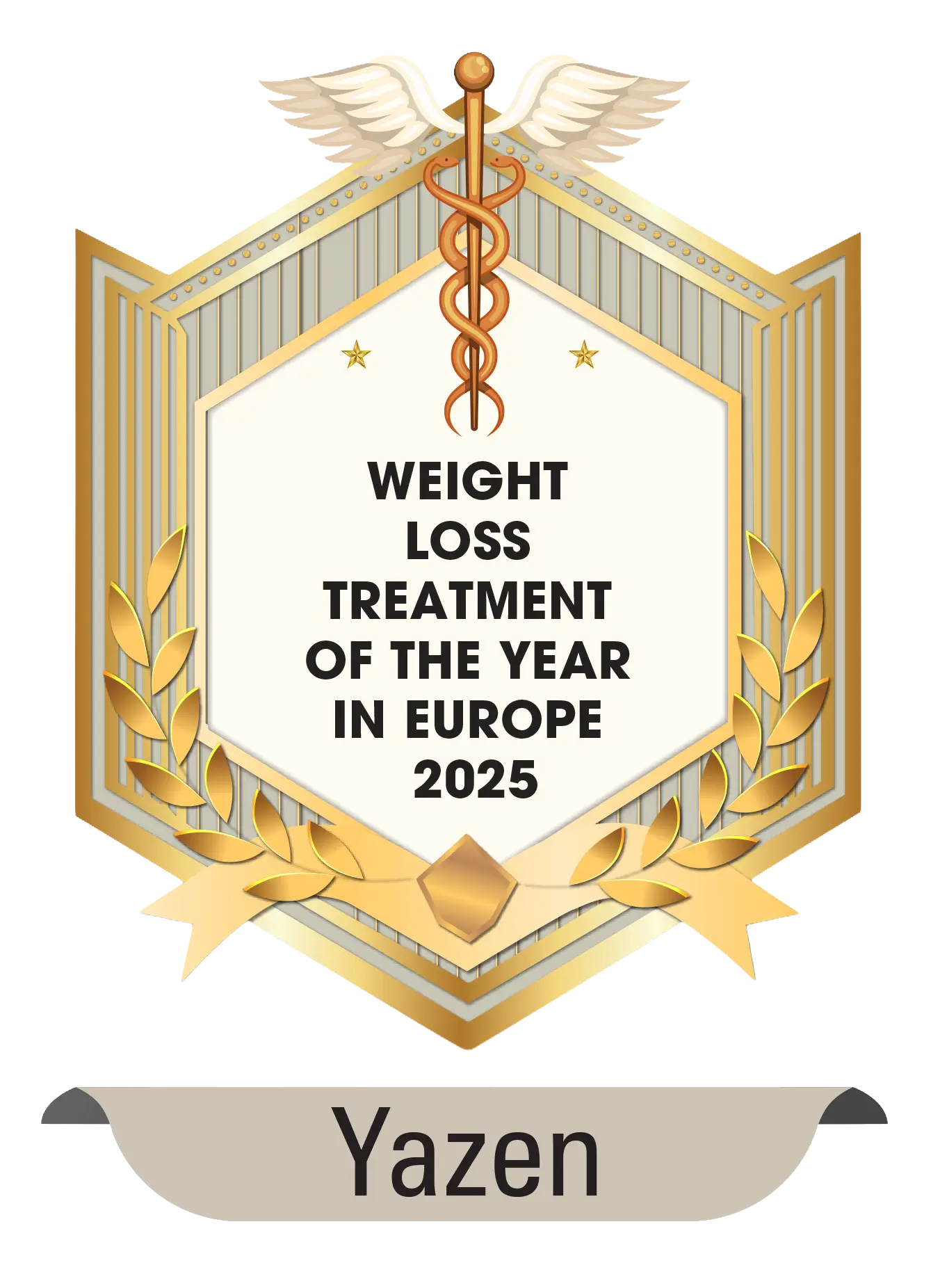Building muscle and burning fat – how it all fits together
Many people who want to lose weight and build muscle focus mainly on the number on the scales. However, losing weight does not always mean losing fat. The body is made up of muscle, fat, water, and bone, so changes in weight can be caused by several different factors. To understand how you can build muscle and burn fat, you need to know how your body uses energy and what influences your calorie expenditure over time.

What does it mean to lose weight?
Losing weight means that your total body weight decreases. However, weight loss does not necessarily mean you are losing fat. You can also lose, for example, water or muscle mass. If your weight drops quickly from one day to the next, it is usually due to fluid loss rather than fat loss. Fat reduction is a process that takes both time and patience.
Understanding the difference between losing weight and burning fat can help you interpret your progress more accurately instead of focusing solely on what the number on the scale shows.
How the body uses energy
The body needs energy to perform all its vital functions – from keeping your heart beating and your lungs working to allowing you to move, think, and maintain a stable body temperature. Energy comes from what you eat and drink in the form of carbohydrates, fats, and proteins. Even alcohol provides energy. Food is converted into “fuel” that the body can use. Some of this energy is used immediately – for movement, breathing, or digesting food – while any excess is stored as body fat or glycogen.
The balance between how many calories you consume and how many you burn over time determines whether your weight goes down, up, or stays stable.
Burning is actually oxidation
When we talk about “burning fat”, it doesn’t literally mean something burns or disappears inside the body. In fact, burning refers to oxidation – a chemical process in which fat molecules react with oxygen. During this oxidation, energy is released that the body can use to move, stay warm, and maintain all vital bodily functions.
Put simply, it’s about one form of energy being converted into another – not disappearing.
What does it mean to burn fat?
Burning fat means the body uses stored body fat as an energy source. When you consume fewer calories than your body needs – known as a calorie deficit – the body begins to draw from its energy reserves, primarily from fat tissue.
Fat burning is not something that is simply “on” or “off”, but a continuous process. However, the amount of fat used as energy varies depending on how much energy the body needs at any given moment.
An increased fat-burning rate does not automatically mean you will lose weight or fat mass. You can have a high fat-burning rate and still not lose fat or weight if you eat the same amount or more than your body burns. What determines whether you gain or lose weight is therefore your energy balance – the relationship between how much energy you take in and how much the body uses – not how high your fat-burning rate is.
What’s required to build muscle
To build muscle, the body needs sufficient energy, resistance, protein, and recovery. Strength training stimulates muscle growth through increased load, and protein serves as the building blocks for muscle development. Then, rest and recovery are needed so the body and muscles can grow stronger.
Try to train the major muscle groups at least twice a week and ensure you get enough protein over time. The amount of protein you need depends on factors such as your age, body weight, and activity level.
Including protein in every meal gives your body the best conditions to increase muscle mass and recover between sessions. Sleep and rest are also crucial, as muscles grow when the body recovers – not during the workout itself.
Can you build muscle and burn fat at the same time?
It’s a common misconception that you can’t build muscle and burn fat simultaneously because they are two different processes happening in the body. However, it is entirely possible – especially for those who are untrained or beginners.
When you strength train regularly and consume enough protein, your body composition can change even if the scale doesn’t move. That means you’re building muscle while losing fat.
A combination of strength training, a protein- and nutrient-rich diet, and proper recovery provides the best foundation for becoming stronger and healthier over time.
Summary
Building muscle and burning fat isn’t just about losing weight. Weight loss means your total body weight decreases, while fat loss means you reduce your body fat percentage. It is possible to burn fat and build muscle simultaneously, although it requires both time and patience.
By combining strength training, sufficient protein intake, and recovery, you can lose weight, build muscle, and reduce fat in a smart, effective, and sustainable way. This gives you a healthier, stronger body – the best foundation for long-term health and wellbeing.

October 26, 2025
November 28, 2025
Start your weight loss journey with Yazen today
Everything you need to do is to create an account and answer some questions about your health
.svg)
.svg)




.svg)








